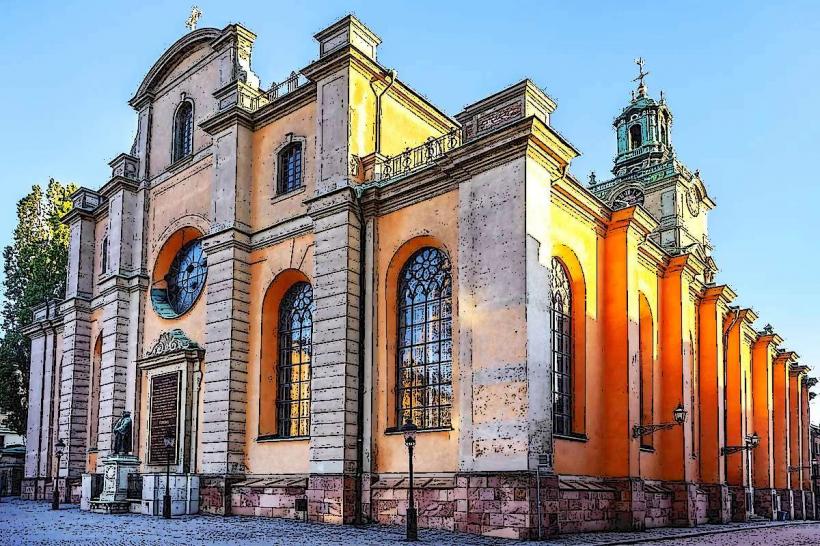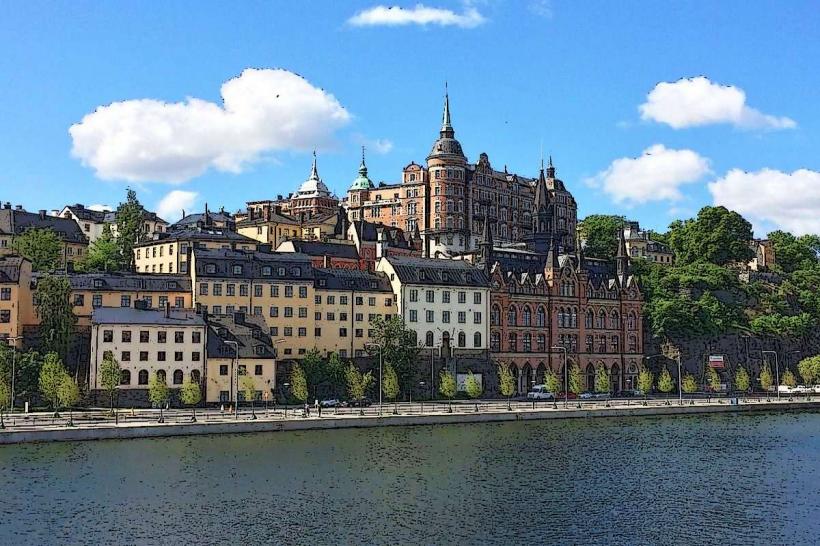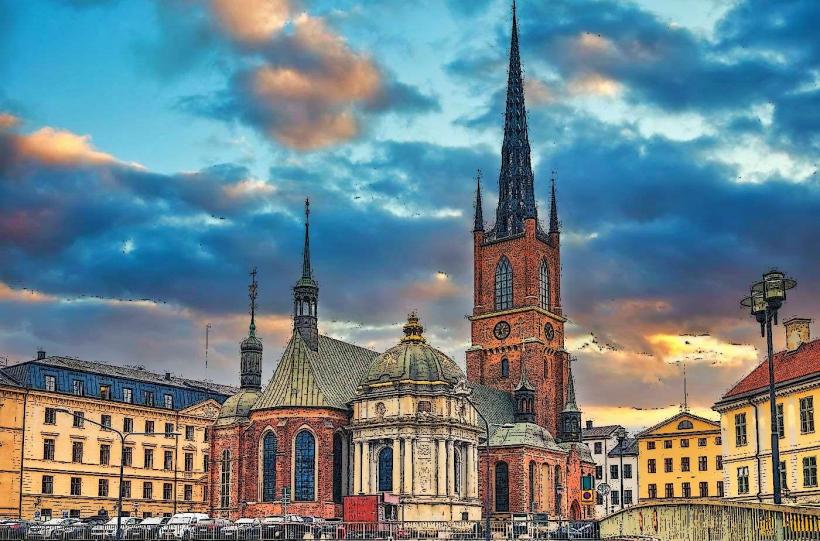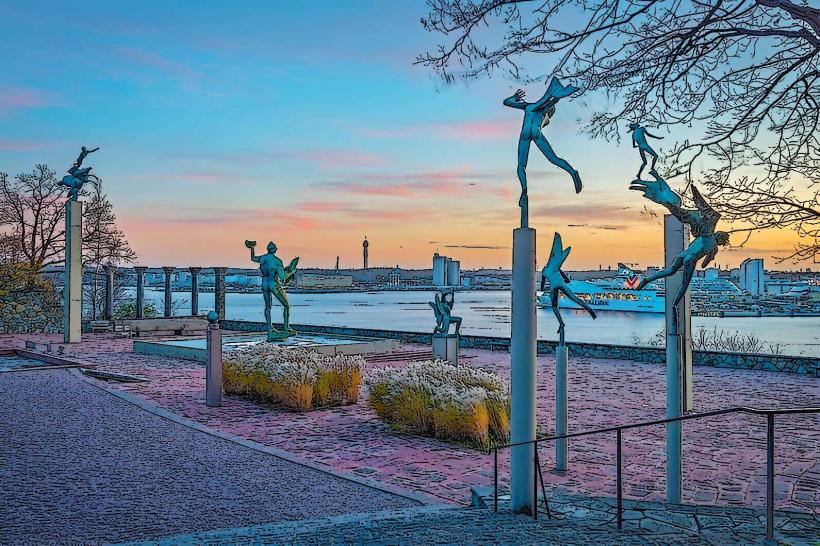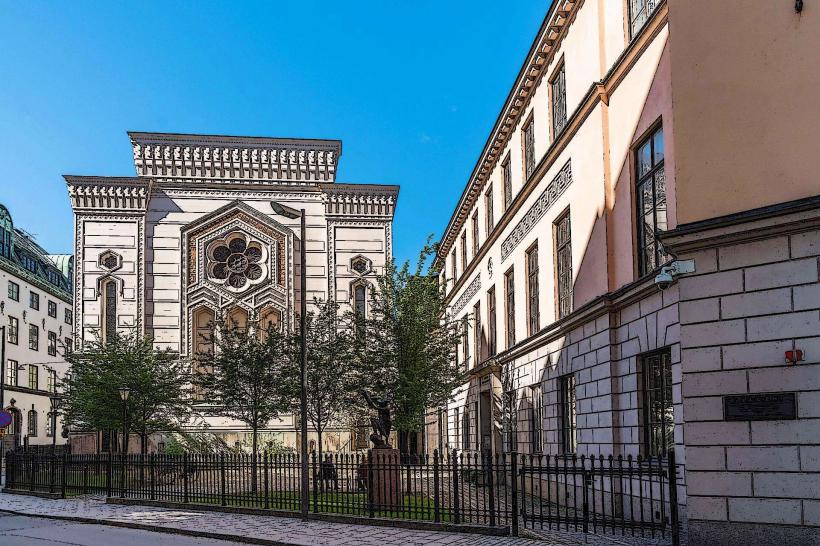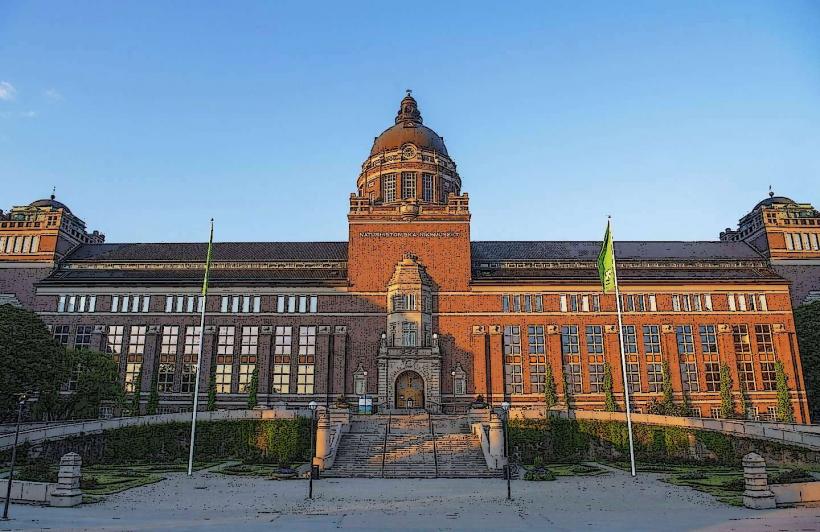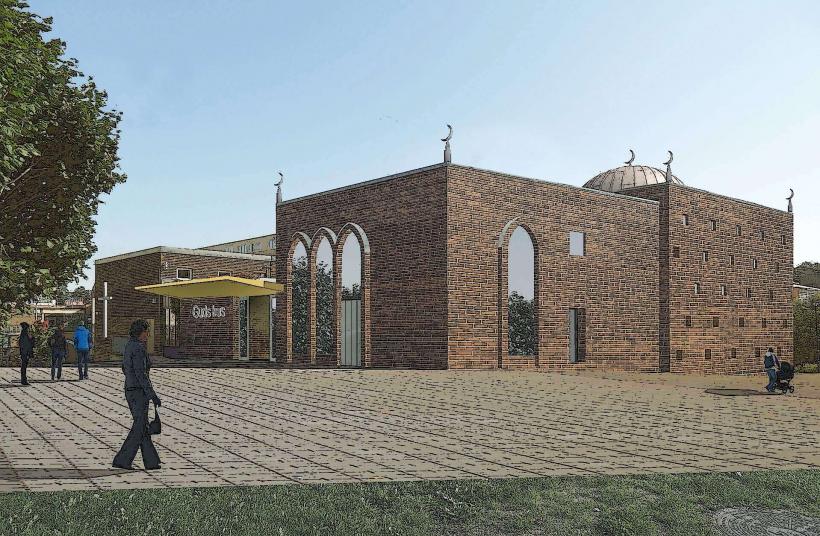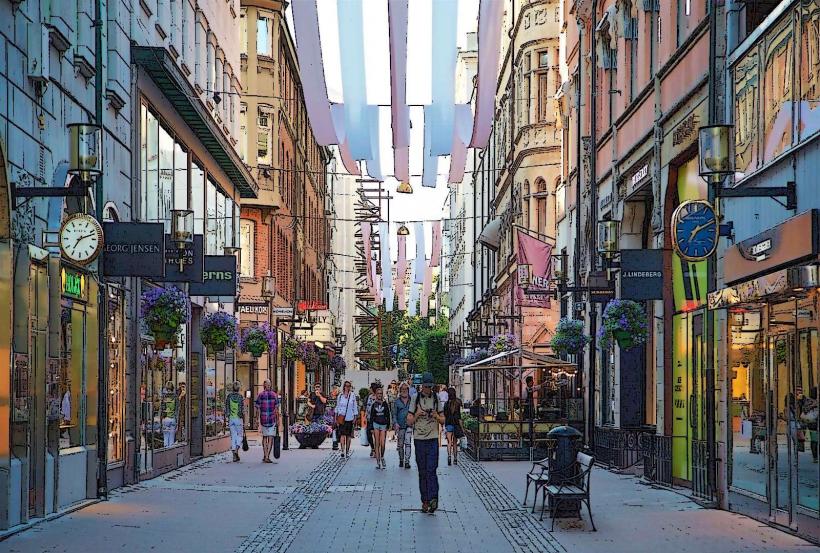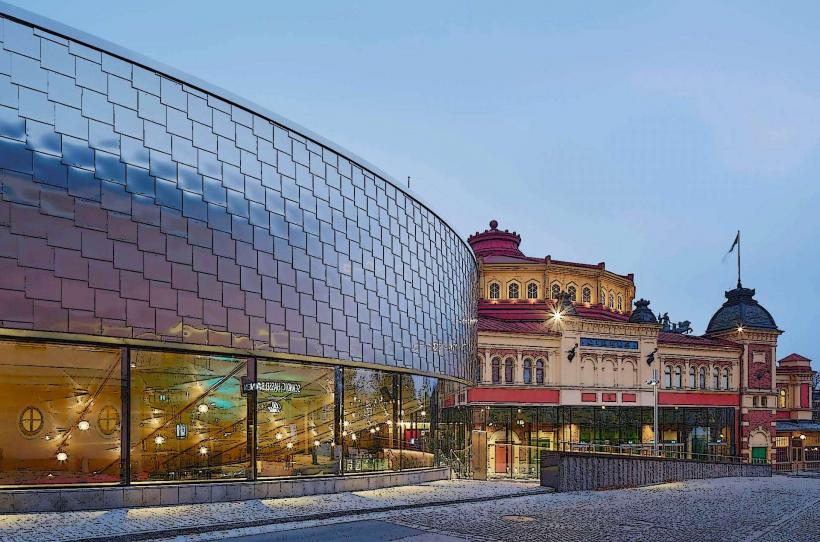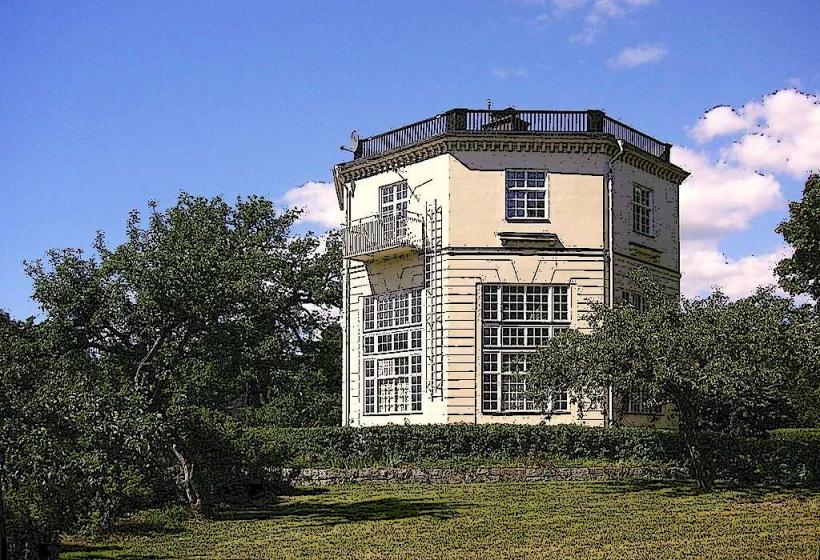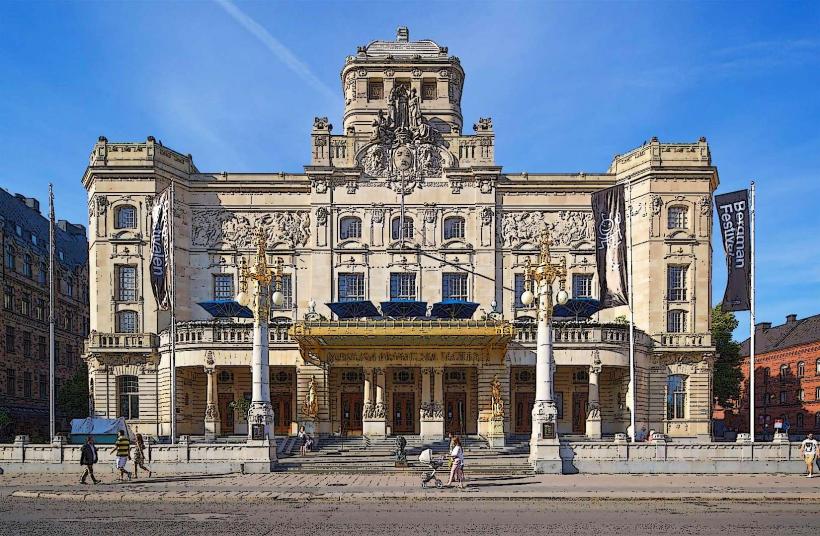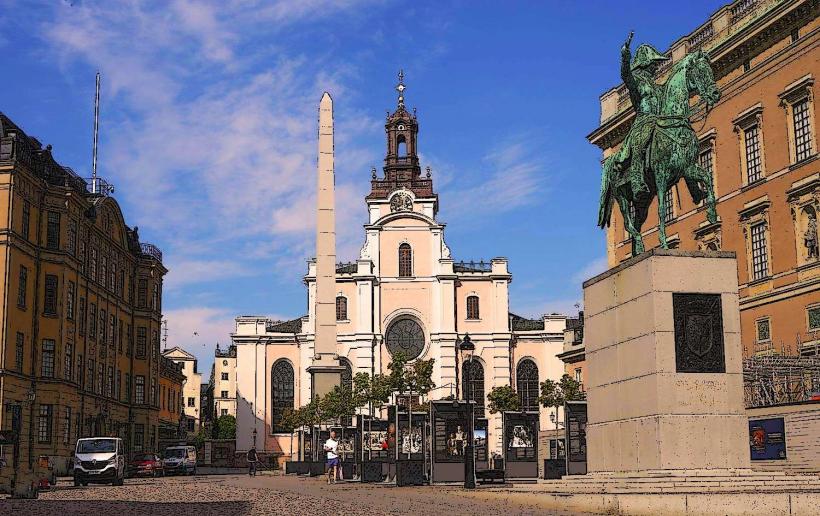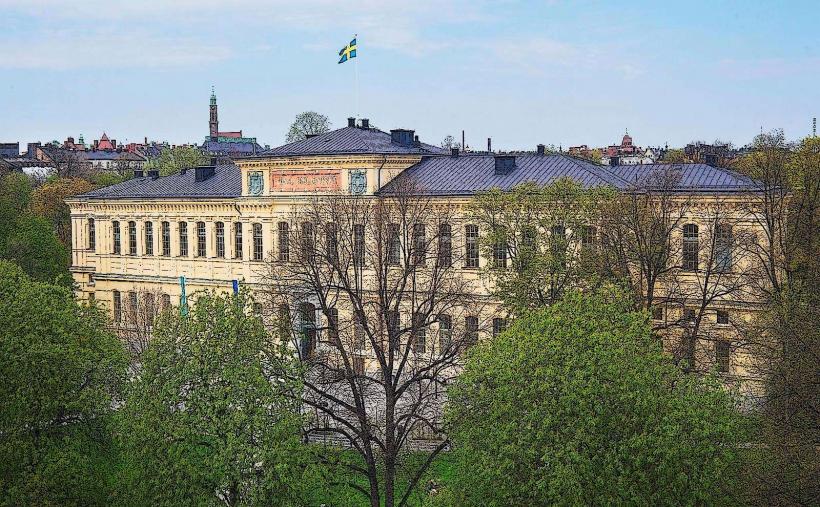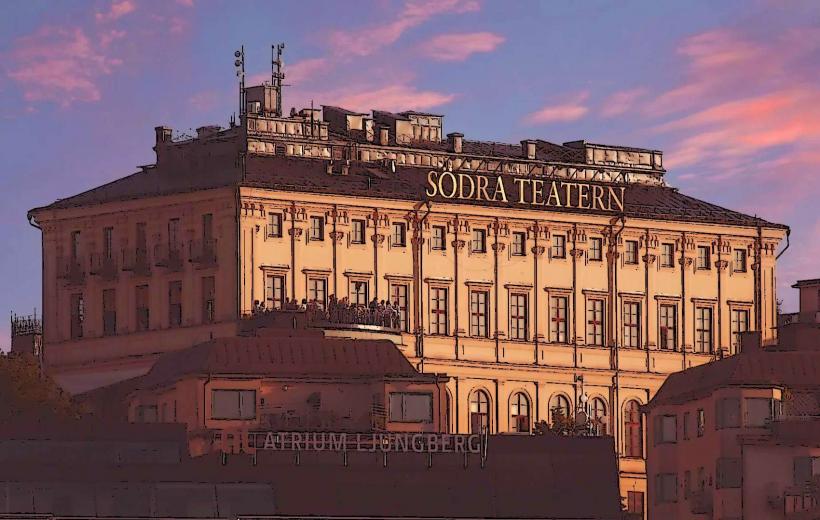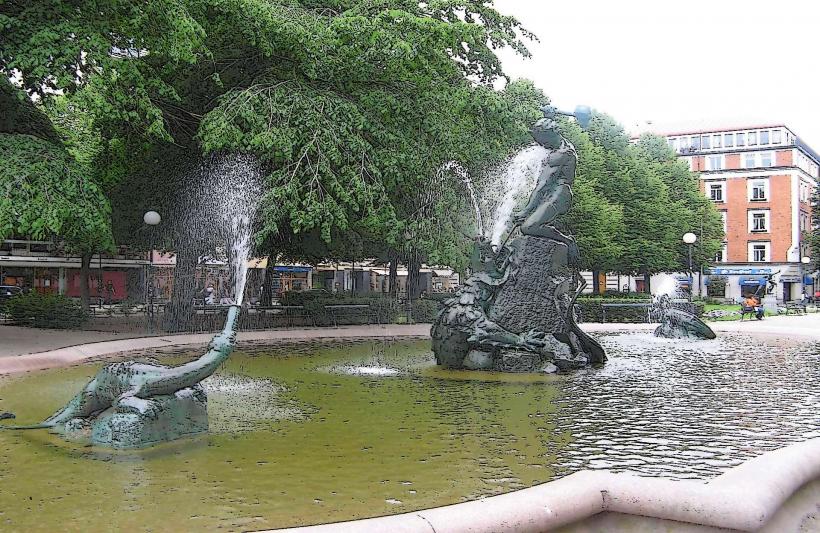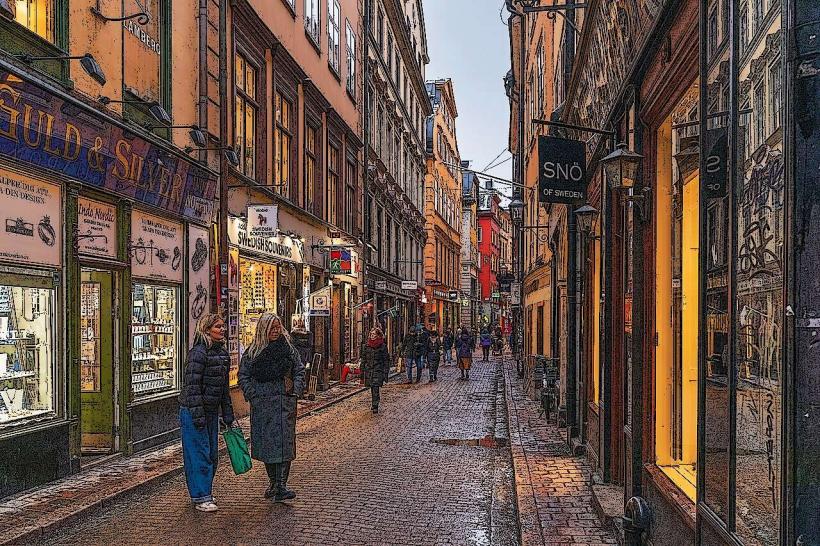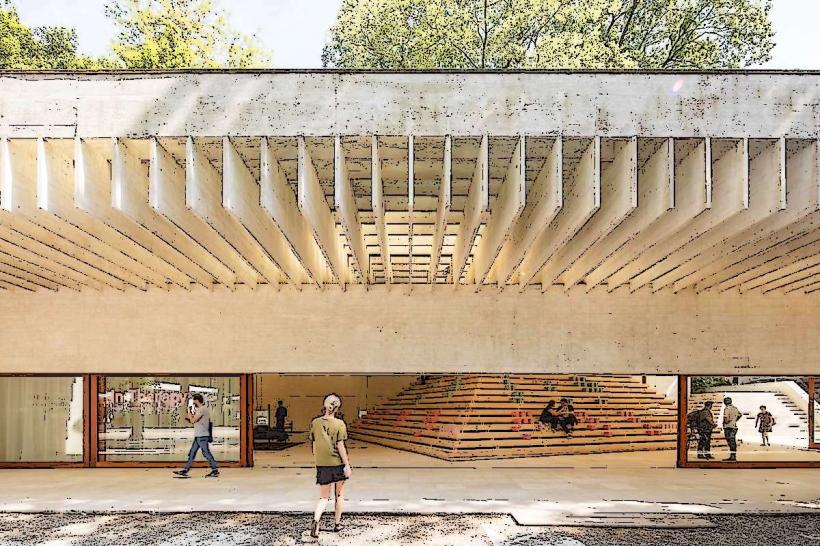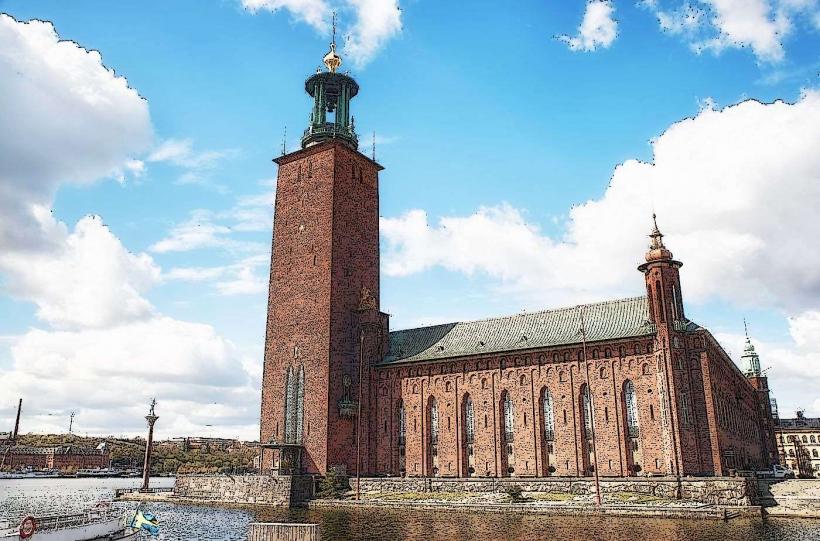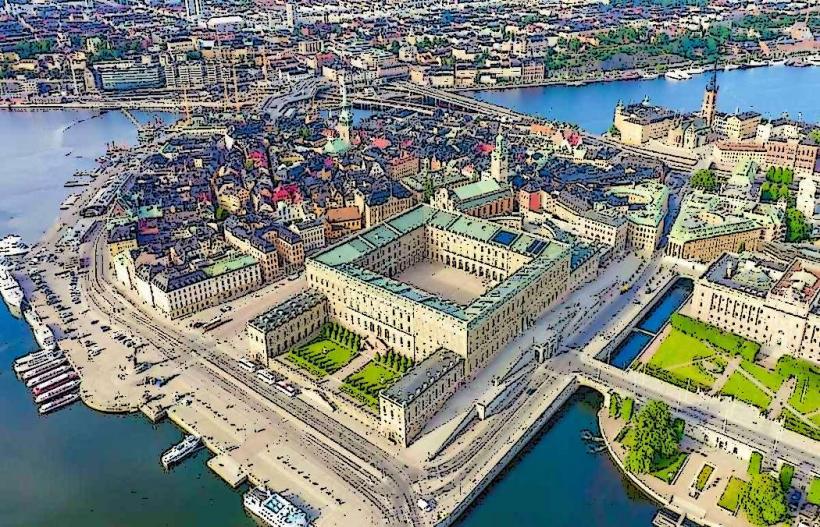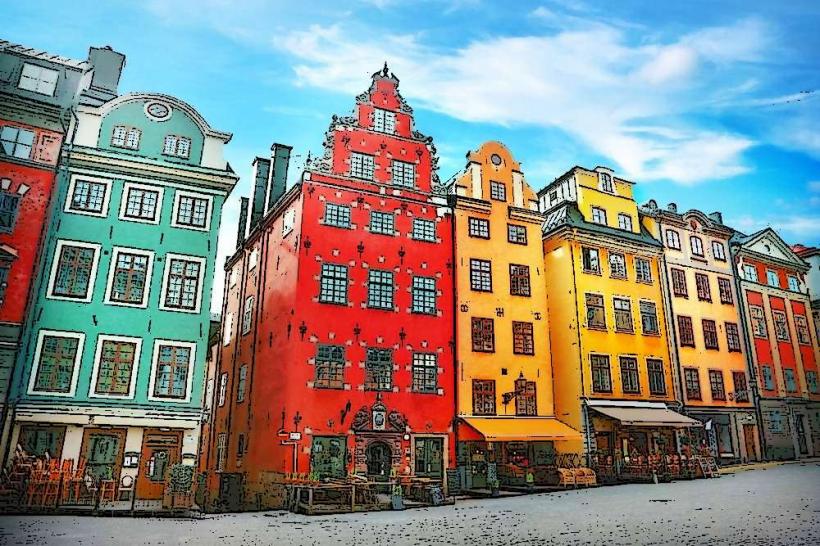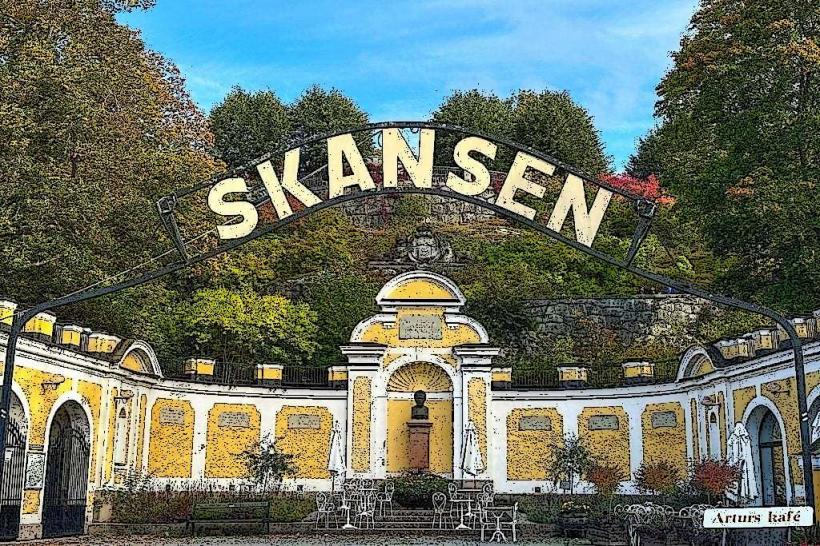Information
Landmark: Strindberg MuseumCity: Stockholm
Country: Sweden
Continent: Europe
The Strindberg Museum (Strindbergsmuseet) in Stockholm is dedicated to the life and works of August Strindberg, one of Sweden’s most famous and influential writers, playwrights, and artists. Located in the heart of Norrtullsgatan in Stockholm, the museum offers a glimpse into Strindberg’s personal life and artistic achievements, showcasing his unique contributions to Swedish and world literature, as well as his complex, often turbulent, character.
1. History and Background of the Museum
August Strindberg (1849–1912): Strindberg is considered one of Sweden’s greatest literary figures and one of the founding fathers of modern drama. His works encompass a wide range of genres, including plays, novels, short stories, and poetry. Strindberg was known for his radical ideas, challenging social norms and exploring themes of gender, class, and the human psyche. Some of his most famous works include "Miss Julie" (Fröken Julie), "The Red Room" (Röda Rummet), and "The Father" (Fadren).
Museum Origins: The museum is located in the very apartment where Strindberg lived from 1908 until his death in 1912. The building, a four-story house at 18 Norrtullsgatan, was where Strindberg spent the final years of his life and worked on several of his last plays and writings. The Strindberg Museum opened in 1991, marking the centenary of his death, to celebrate his legacy and provide a deeper understanding of his personal life, his works, and his impact on literature and culture.
2. The Museum’s Collection and Exhibits
The Strindberg Museum is both a biographical museum and a tribute to the writer’s artistic and literary achievements. It houses a wide range of exhibits, including personal belongings, manuscripts, and artworks that offer insights into Strindberg’s life and creative process.
Strindberg's Apartment: The museum is set in the authentic apartment where Strindberg lived during his final years. Visitors can walk through the rooms where Strindberg wrote and lived, exploring the atmosphere of the time. The apartment has been carefully preserved to reflect how it looked when Strindberg lived there, offering a personal and intimate look into his life.
The Rooms: The museum is divided into several rooms, each offering a different aspect of Strindberg’s life:
- The Bedroom: This room contains personal items from Strindberg’s life, including his writing desk and furniture. The bedroom reflects Strindberg’s troubled mental health, and many of his works from this period were influenced by his personal struggles.
- The Study: The study is home to Strindberg’s manuscripts and first editions of his works. The room provides insight into the way he worked and his creative process.
- The Living Room: In this room, visitors can see the furniture and artwork that Strindberg kept in his home. There are also items related to his later life and work, including his interest in alchemy and mysticism.
Manuscripts and Letters: The museum features a collection of Strindberg’s personal correspondence, manuscripts, and first editions of his plays and books. These items are important to understanding his evolving ideas about literature, society, and the human condition. Some of his most famous works, such as "A Dream Play" (En Drömspel) and "The Dance of Death" (Dödsdansen), are represented through original drafts and notes.
Strindberg’s Art: Strindberg was also a passionate artist, and the museum displays a collection of his paintings and drawings, reflecting his interest in exploring human emotions and psychological states through visual art. Strindberg’s artistic endeavors were influenced by his writing, and his paintings are often viewed as an extension of his literary themes.
The Personal Side of Strindberg: The museum reveals Strindberg’s complex personality. It showcases his relationships with women, including his famous marriages to Siri von Essen and Frida Uhl, as well as his mental health struggles and periods of introspection. His work was often marked by his personal experiences, including his struggles with depression, divorce, and conflict with his contemporaries.
3. Key Themes and Focus Areas of the Museum
Strindberg as a Revolutionary Writer: The museum explores Strindberg’s role in the development of modern drama, particularly his revolutionary approach to theater. His works challenged traditional conventions and introduced psychological depth to characters, especially women, in ways that had never been done before. His expressionist style had a profound impact on modern theater, influencing playwrights like Bertolt Brecht, Henrik Ibsen, and Anton Chekhov.
The Strindbergian Worldview: The museum delves into Strindberg’s often dark and pessimistic worldview, which is reflected in his works. Themes of social inequality, gender roles, class struggle, and mental anguish are central to his writing. The museum reflects his philosophical ideas about human nature, exploring his interest in the unconscious mind, gender relations, and his fascination with mysticism and alchemy.
Strindberg’s Political and Social Views: The museum examines Strindberg’s engagement with politics and social issues throughout his life. He was known for his controversial opinions on a variety of topics, including women’s rights, class distinctions, and the role of the artist in society. His views were often provocative and at odds with the established norms of his time, making him a polarizing figure in Swedish culture.
4. Educational Programs and Events
The Strindberg Museum regularly offers educational programs, including guided tours, lectures, and workshops for visitors of all ages. These programs provide a deeper understanding of Strindberg’s life, works, and legacy, and they are aimed at both students and general visitors interested in Swedish literature and theater.
The museum also organizes temporary exhibitions, often focused on specific themes or aspects of Strindberg’s life and work. These exhibitions may include photographs, literary manuscripts, and other related materials that add to the broader understanding of Strindberg's influence.
5. Visitor Information
Location: The Strindberg Museum is located at Norrtullsgatan 18, in central Stockholm. It is close to several other cultural attractions, including Vasastan and Observatorielunden Park.
Opening Hours: The museum is open most days of the week, though it may have adjusted hours during holidays or special events. It’s recommended to check the museum’s website for current visiting hours.
Admission: There is an entrance fee to visit the Strindberg Museum, with discounts available for students, seniors, and groups. There may also be free entry on specific days or for special events.
Facilities: The museum includes a small gift shop where visitors can purchase books about Strindberg, works by or about Strindberg, and related memorabilia. There is also a café where visitors can relax and reflect on their visit.
6. Conclusion
The Strindberg Museum offers a comprehensive and intimate look into the life and works of August Strindberg, one of Sweden’s most important and controversial cultural figures. Through its collection of personal items, manuscripts, artworks, and exhibitions, the museum sheds light on the complexities of Strindberg's life and his lasting influence on literature, theater, and modern thought. Whether you're a fan of Strindberg's work or interested in Swedish literary history, the Strindberg Museum provides a unique and fascinating experience for visitors.


